Strength Training for Runners John Sveen PT, MSPT, SCS, CSCS
Now that Nordic ski season is over, many of you have likely transitioned to running and no doubt, most of you have running-related goals for this upcoming summer and fall. Strength training can be an important component to help you achieve these goals.
Strength training for runners can 1. Improve injury resistance 2. Improve capacity for training and 3. Improve performance. Understanding the mechanics of running may help you understand why strength training is important. Running involves two phases.
1. The push-off phase, which involves propelling the body forward 2. The landing or loading phase, which involves absorbing the impact shock of each and
every foot strike.
The calf muscles, especially the soleus muscle (which is the deeper of the 2 muscles) is the greatest contributor to propulsion. Many runners don't realize this and typically ignore this muscle. The quadriceps muscle (the front of the thigh) is the major muscle responsible for absorbing shock during the loading phase. The impact on the ground is 1.5- 3 times body weight with each foot contact, over and over again. Clearly, the quads are vital because they control and decelerate this impact. Another important role of musculature during running is to provide pelvic stability. This is accomplished primarily by the gluteus medius, which is on the lateral side of the hip.
You can improve your propulsion, shock absorption and pelvic control by performing three simple (but not easy) exercises. Let's discuss these three exercises that most runners probably are not doing.
nee Calf Raises (for the soleus): My favorite soleus exercise is a split leg calf raise on stairs. Place the front leg on the second step and place the rear leg on the step below it. That knee should be bent between 30° and 45° and the heel should be off the step, lower than the forefoot. Maintain the rear knee in that bent position and slowly raise the rear heel up and down. The front leg just helps with your balance. Hold a dumbbell or kettlebell on the same side as the rear leg to progress. Perform 2-3 sets of 15-20 reps per side.
2. Lateral Step Down with Heel Tap (for the quads): This is basically a single leg squat.
Stand on a 6-8" high step or stool with the feet side by side. Slowly lower one leg off the side of the step and gently tap that heel to the floor. The knee on the stance leg will bend slowly as that leg decelerates the movement. After tapping, return that foot to the step. Complete 2-3 sets of 20-30 reps per side. Start lower if needed, go to a higher step or add weight when ready to progress.
3. Side Plank with Leg Lift (for the gluteus medius): assume a side plank position on your
forearm. Then lift your top leg up and down repeatedly while maintaining the plank. Keep the top knee straight and it is very important that the knee stays behind the hip on the top leg. This is a very effective gluteus medius exercise, but it can be very challenging. You may need to start in a modified side plank position with the bottom knee bent to 90° with the lower leg resting on the ground behind the body. Do 2-3 sets of 15-20 reps per side, slowly.
These are 3 great exercises that can improve you running. For best results, perform them 2-3 times weekly.
